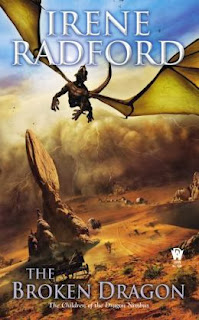 prize from the Center for Fiction, a Best-of-the-Year pick from The Atlanta Journal Constitution, and a SIBA Okra pick.
prize from the Center for Fiction, a Best-of-the-Year pick from The Atlanta Journal Constitution, and a SIBA Okra pick.Perry applied the Page 69 Test to his new novel, Kids These Days, and reported the following:
I confess to have cheated a bit, and stretched back to the last bit of page 68 for a passage that continues onto page 69:Visit Drew Perry's website and Facebook page.Devil’s Backbone was on the Intracoastal side, a sand and oystershell drive running back to two trailers welded longways at the seam. Out where they had the docks, which were a good deal more serious and permanent-looking than the building itself, somebody was keeping an iguana in a homemade cage. There were no boats in the water, no cars in the parking lot. It was hot and bright. It was always hot and bright. The place was a fever dream. I half-wished I had somebody with me—the twins, maybe. Having a couple of people nearby who knew martial arts might not hurt.This section finds the main character, Walter, as far afield from what he knows as we've seen him so far in the book: He's on a kind of real estate recon mission for his friend and new boss and brother-in-law, Mid, and he's standing in a trailer at a fish camp in Northeastern Florida wondering, What have I gotten myself into?
Inside, it was refrigerator-cold. The biggest through-wall air conditioner I’d ever seen was roaring away behind the counter, and there were low ice-cream-shop coolers full of bait along the walls: Styrofoam containers of worms, shrimp, fish. Live bait, too, in tanks. No bell on the door, no bell on the counter, no way to alert anybody you were there. Faded pictures of fishing triumphs stapled up everywhere. Hats and T-shirts and beer cozies with DEVIL’S BACKBONE printed on them. And the requisite fishing supplies, line and three thousand different shapes and sizes of lead weights, sorted into tins and trays. A sign up by the counter advertised boat rates. FULL DAY 225. HALF DAY 185. 90/HR. The rest of the board was empty, filthy. I stood in the middle of the floor and waited.
What he's gotten himself into is this: He and his wife, Alice, are pregnant, even though Walter's not at all sure he wants to be; Walter's lost his job and house in North Carolina and had to move to Florida to work at an as-yet undefined job for Mid, who is certainly an entrepreneur but also possibly a small-time criminal; and Walter's whole universe is falling in on him, bit by bit, as he realizes the full scope of just how much he does not know.
Is this passage representative of the book? Yes and no. The book itself, as a whole, is I hope more comic and madcap, but in its evocation of this kind of Floridian landscape, I hope it also makes one want for a cooler of ice and a beverage or two.
--Marshal Zeringue























